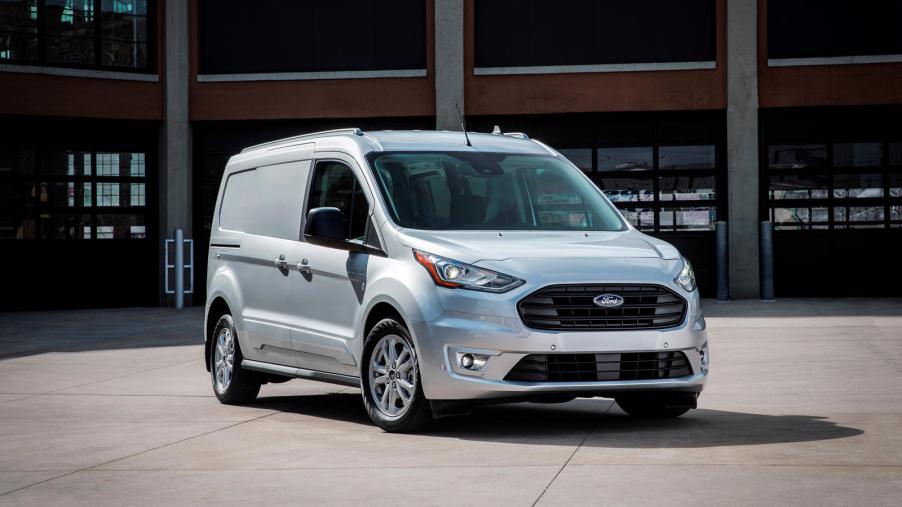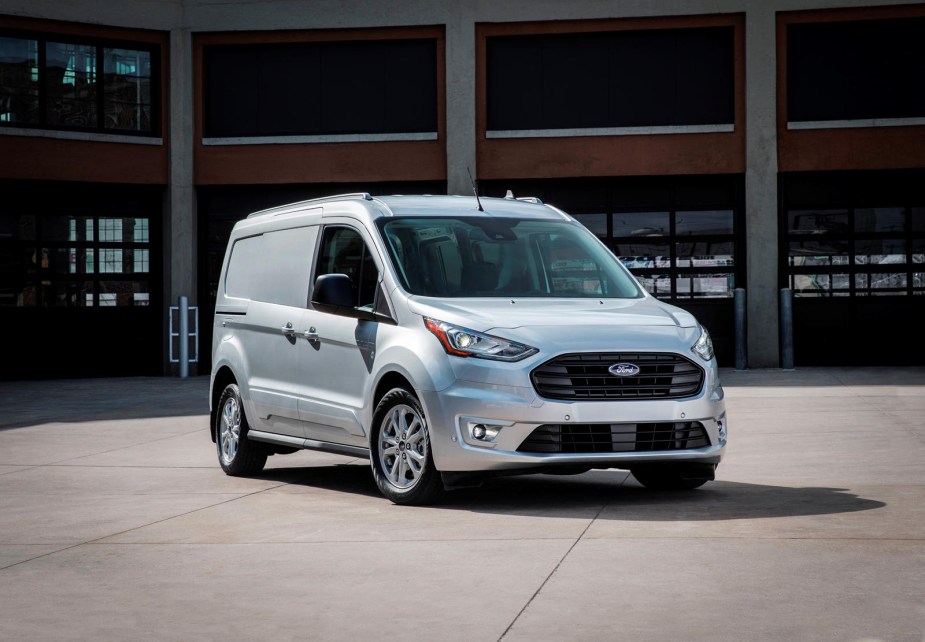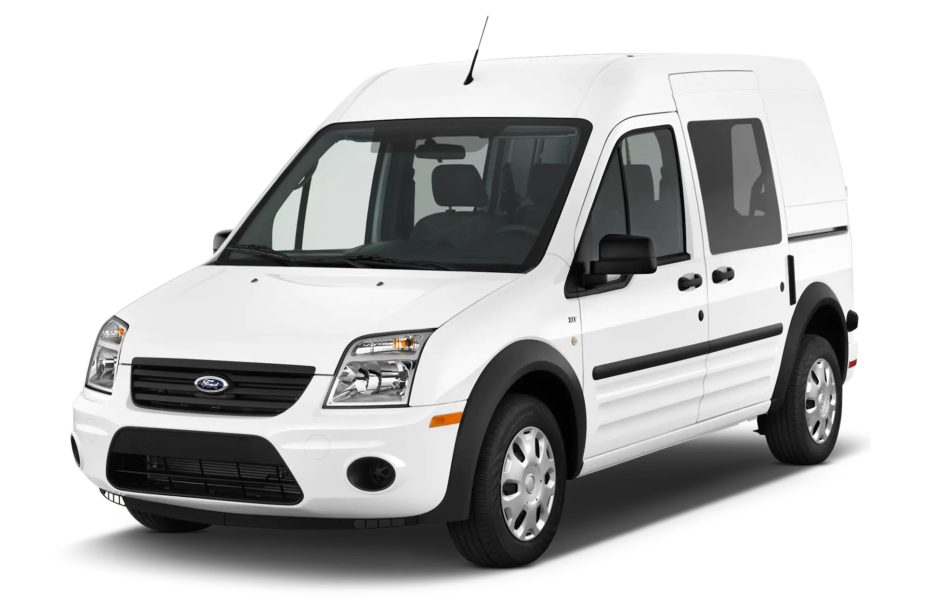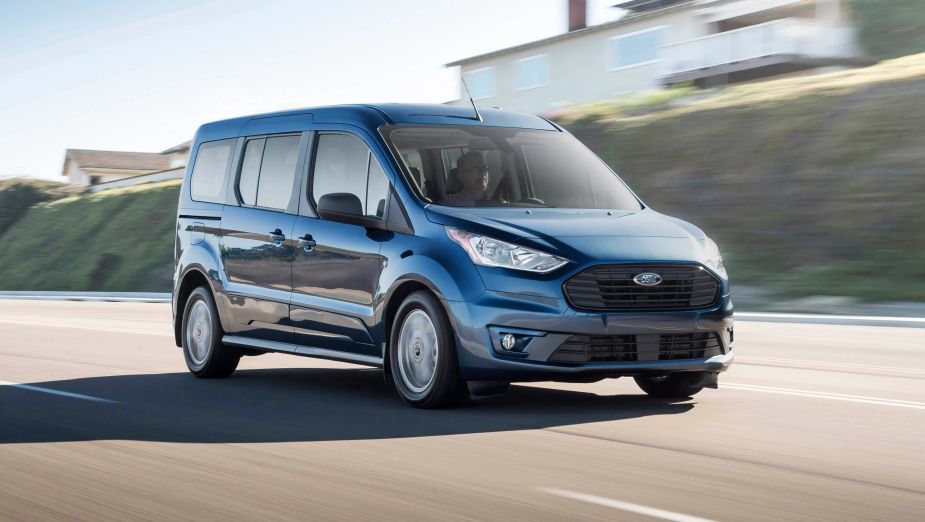
Ford Transit Connect Van Dead
While the expectation was that Ford would soon offer a replacement for the Transit Connect van, it has instead announced it is killing it next year. Originally, Ford was going to have the new Transit Connect built in Mexico. The current compact van is imported from Spain. It would have shared the Bronco Sport/Maverick pickup C2 platform, and also the same assembly plant in Mexico.
Why is Ford killing the Transit Connect?

The C2 platform is getting around. Not only does it underpin the Maverick and Bronco Sport, but also the Escape and Lincoln Corsair. But Ford has seen Transit Connect’s number decrease sharply in the last couple of years, which influenced the decision. It sold just under 16,000 vans in the first half of 2022. That’s 15 percent less than in the same period last year.
Ford also stopped developing an EcoBlue diesel engine for the Transit Connect in 2019. And both the Nissan NV200 and identical Chevy City Express vans were killed in 2018. But Ford isn’t abandoning the van segment.
It recently debuted its full-size E-Transit EV. Next year, it will add an off-road version called “Transit Trail.” It will have a gasoline engine, not electric.
When did Ford begin importing the van?

The Transit Connect first appeared here in 2010 but was available in Europe since 2002. It was built in Kocaeli, Turkey, and Craiova, Romania. For the second generation in 2016, Ford shifted production to Almussafes, Valencia, Spain.
The first-generation Transit Connect had a strange way of getting here. Normally, commercial vehicles built outside of the U.S. have a “chicken tax” import fee of 25 percent. That would kill much of the saleability of any vehicle.
What Ford did to get around that was to import the Transit Connect as a passenger van, which has no chicken tax applied. Then, Ford delivered them to a Baltimore upfitter that took the seats out and blanked out the side windows. But U.S. Customs told Ford it had to stop importing them this way in 2013. Since then, Ford has battled the agency in court. In 2019, Ford lost its Federal Appellate Court case.
Wasn’t there a Transit Connect EV?

The Transit Connect XLT Premium Wagon was the available passenger version. With seating for five, it retained its rear windows. Other features were blind spot awareness, a rearview camera, alloy wheels, body-color grille, and front fog lamps.
For two years from 2010 to 2012, you could order an electric Transit Connect. It was converted by Azure Dynamics. After Azure ran into financial troubles, Ford killed the EV in early 2012. It featured a 55 kW drivetrain, with a range of only 56 miles. Other than the changed-out EV drivetrain, it was the same as a conventional Transit Connect.
A new version of the Transit Connect debuted in 2021. But this is just a rebadged Volkswagen Caddy. It won’t be imported to the U.S., officially ending the van’s appearance here.



